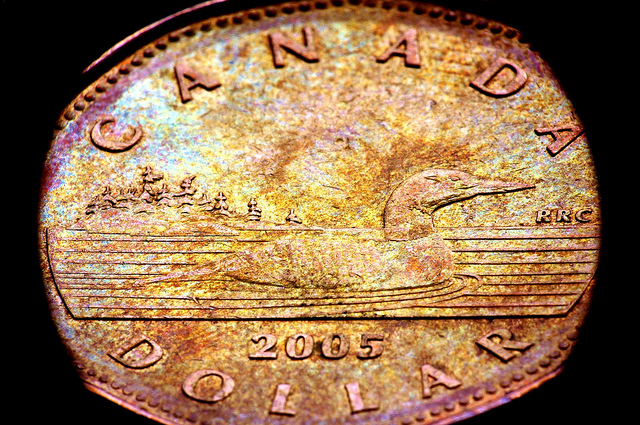Like this article? rabble is reader-supported journalism. Chip in to keep stories like these coming.
Deficit hysteria has broken out in the Canadian media. The Liberal budget announced a nearly $30-billion deficit. Led by CBC panellist Andrew Coyne who posits that one or more provinces “may eventually be forced to default on their debts,” a chorus of right-wing voices are calling for a return to belt-tightening austerity in Ottawa.
Those lamenting a Canada without a federal Conservative government are determined to bash the Liberal deficit, so as to undermine the credibility of the Trudeau government.
The size of the Liberal deficit is easily overstated. Unifor economist Jordan Brennan has produced a table showing that in the 1980s, the Mulroney Conservatives ran a budget deficit equal to 50 per cent of government revenue. The 2016 federal deficit amounts to 10 per cent of government revenue.
A nice antidote to Canadian punditry was the editorial in the Financial Times Weekend saluting the Trudeau government for “a decisive break with the recent past.” The Financial Times pointed out that as the 2010 G20 summit host, Stephen Harper had led a campaign to promote austerity that had done serious damage to the world economy.
Smartly, Justin Trudeau has rejected austerity with the 2016 budget. The conservative Financial Times, the main organ of international banking and finance, approves.
More interesting yet, was the Financial Times repudiation of the fiscal austerity introduced by Jean Chrétien and Paul Martin in the 1990s, and applauded by so many Liberals, so often. The Financial Times pointed out that the recovery in Canadian public finances was led by exports, not by spending cuts.
The problem with the 2016 Trudeau budget is that the deficit is too small, not too large.
Business waits for consumers to up purchases before investing; the world economy is sluggish; and governments need to step up.
The Bank of Canada reduced interest rates twice last year. Its basic lending rate is one-half of one per cent. When borrowing costs are so low, it makes sense for governments to invest in the future.
When the economy grows faster than the cost of servicing outstanding debts, increased deficits are sustainable. Even the weak economic growth rate anticipated will not differ much from the average cost of government borrowing, which was 2.5 per cent before the two interest rate reductions.
Hysteria to the contrary, economic growth provides new tax revenue, and borrowing costs are going down, so the federal government has fiscal elbow room.
As noted by CCPA economists, Ottawa deficit spending is not big enough to stimulate an economy lagging since the oil price collapse. The Canadian economy has suffered a major external shock, with Alberta taking a big hit.
The rise of precarious work indicates serious disguised unemployment.
A slack economy with many people wanting full-time work calls out for additional spending. Governments need to boost their own contribution to general well-being.
CCPA Senior Economist Armine Yalnizyan has a chart showing how for over three decades the federal government has been shrinking as a share of the overall economy.
Measuring against other Western governments, from the early 1980s, Canada has gone from having a large-spending, large-revenue government to a comparatively small-spending, low-revenue government.
Making a bigger place for the private economy has led to increases in income inequality and a worsening of social determinants of health, and left young families, lower-income seniors, students, and especially Aboriginals facing major challenges with insufficient government income support.
The Trudeau Liberals have postponed infrastructure spending and reneged on promised social spending. The NDP have identified 10 ways in which the 2016 Liberal budget falls short in meeting election promises, including not delivering on promised home care.
Importantly, the Trudeau budget does not say how the Liberal government plans to address the elimination by Stephen Harper of annual six per cent increases in health-care transfers to the provinces.
Indeed, the 2016 budget raises problems for both municipalities and provinces. Federal-provincial financial arrangements need to be updated after years of neglect by Ottawa of co-operation with other levels of government.
What the budget does promise is a welcome review of taxation. The Liberals have delivered a big tax cut for the upper-middle class of wealthy Canadians, enacted in 2015. Somehow the deficit hysterics left that loss of revenue out of their critique.
Duncan Cameron is the president of rabble.ca and writes a weekly column on politics and current affairs.
Photo: DJ SINGH/flickr
Like this article? rabble is reader-supported journalism. Chip in to keep stories like these coming.




